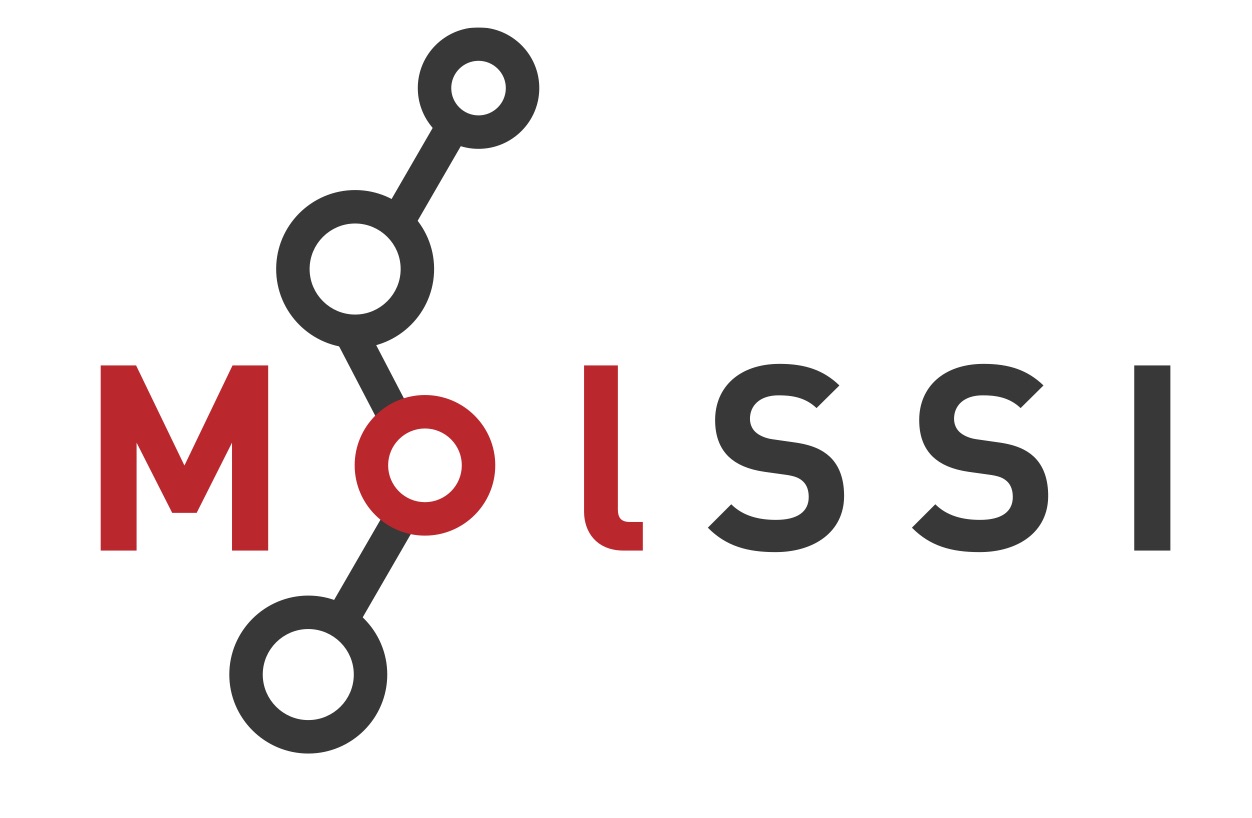Molecular Cavity Generation for Quadrangular Patches
Monica Bugeanu (University of Basel)
Helmut Harbrecht (University of Basel)
The polarizable continuum model is a well established method for computing
solvation effects. Its attractiveness comes from the fact that the solution is
modelled as a continuum instead of modelling each atom individually. This
allows for more complex simulations. There are still a couple of challenges to
face. One of them being the computational time needed at the limit of large
systems, or when high accuracy is needed. The wavelet boundary element method
can be used to overcome these problems, provided a reliable cavity generator is
used.
Making use of characteristic functions for defining which points are inside the
cavity, a model for generating the molecular surface independently of its exact
description is achieved. We present here a way for generating nice triangular
meshes and for combining coarse triangular meshes to quadrangular ones. The
resulting quadrangular meshes can be refined in a uniform manner and be used as
an input for the wavelet boundary element method.
Overall, this method can generate reliable meshes on a variety of smooth
cavities. With the help of the wavelet boundary element method, the polarizable
continuum model equations can be solved with high accuracy also on large
systems. In the future, the new algorithm could be used for geometrical
derivatives on any smooth cavities where the characteristic function can be
defined.

